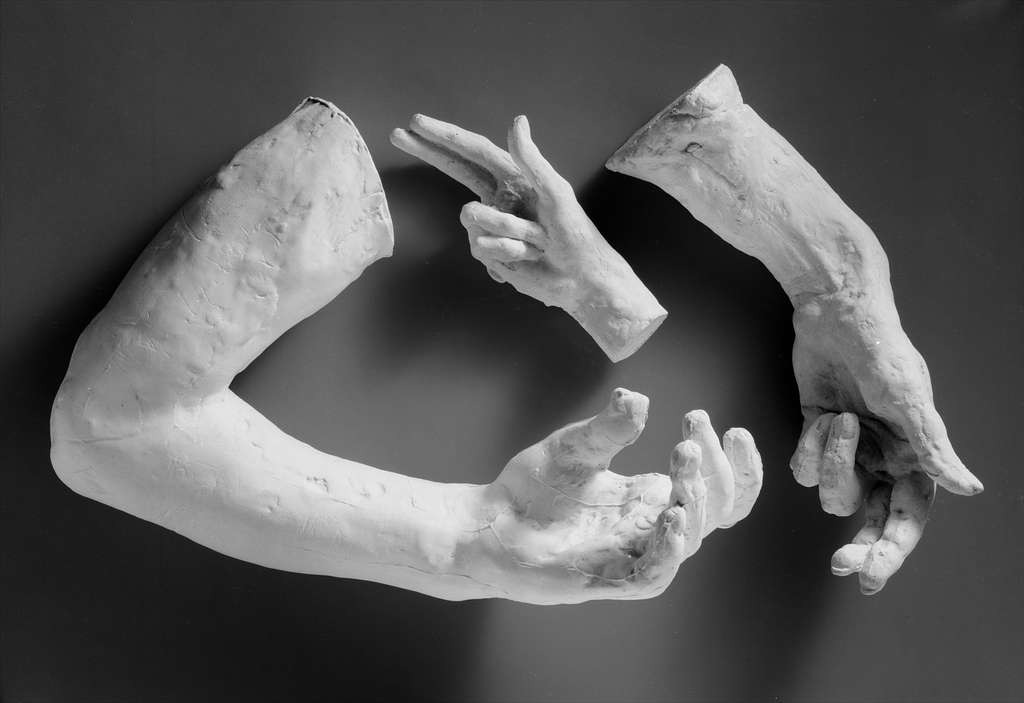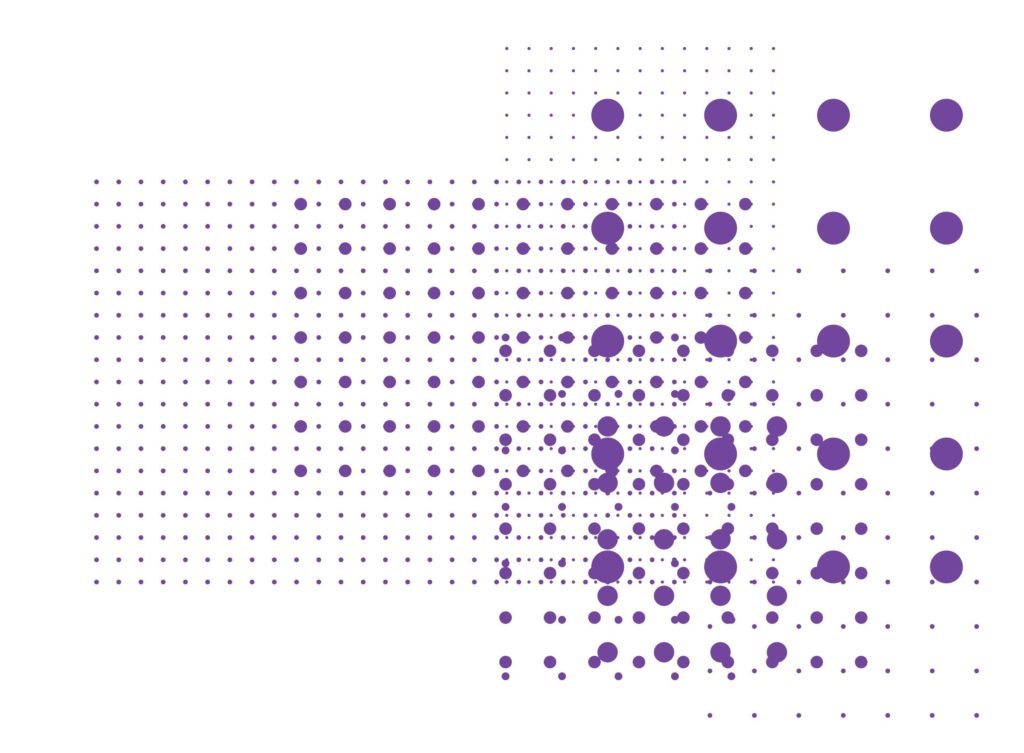PK#22 \ March 2025
edited by Alice Iacobone
Today, the term "plasticity" is becoming increasingly popular and is being adopted in a great number of scholarly fields, where it circulates with different and sometimes vague meanings. More usually deployed in neurosciences (as brain plasticity) and biology (as phenotypic plasticity), the term also finds application in domains as different as physics and materials science, psychology, sociology, economics. “Plasticity” thus becomes more and more of a buzzword, a trendy catch-all term that is unable to fully rise to the role of concept. This is where philosophy comes into play: thanks, above all, to Catherine Malabou’s research, philosophy has attempted to turn plasticity into a full-fledged concept, lending it definition and theoretical depth while anchoring it to the realm of human subjectivity – so that, in philosophy, it is first and foremost the human being that is “plastic”.
The concept of plasticity brings together form and matter, morphology and materialism, therefore calling into question the hylomorphic perspective, that, more or less implicitly, keeps exerting an influence over a great number of theoretical accounts. Plasticity also conflates activity and passivity, referring simultaneously to the donation and to the reception of form: it denotes both what is gestaltend and what is gestaltet, both Bildung and Bildbarkeit. Finally, plasticity reconciles formative dynamics with destruction and traumatic deflagration, thereby destabilizing any possible dichotomous view that would classify it as exclusively positive or negative.
Within this framework, the intimate connection between plasticity, aesthetics and artistic practices has always been acknowledged, but seldom has it been thoroughly investigated. This issue of Philosophy Kitchen has a twofold purpose: on the one hand, it aims to explore the relationships between the concept of plasticity, the arts, and art theory; on the other, it aims to examine the relationships between the concept of plasticity and aesthetics as a philosophical discipline in the broad sense.
From an aesthetic standpoint, plasticity raises questions around sensibility and perception. What does plasticity mean at a sensitive and perceptual level? Are sensation and perception themselves plastic? As a conceptual tool for aesthetics, plasticity can also find application within a number of specific debates: let us consider, for instance, the debate on habit as a plastic force capable of shaping the body and the psyche, or the debates in philosophical morphology that connect aesthetics to theoretical biology. The concept, moreover, could be analyzed from the point of view of the history of aesthetics, since it has appeared, more or less disguised, within the thought of many philosophers of the past, ranging from Cambridge Platonists to Nietzsche, from Herder to pragmatist thinkers.
From an artistic perspective, other fundamental questions arise: Does plasticity represent a transartistic concept, or does it foster the idea of the arts’ specificity? To say it otherwise, does plasticity cut across the different artistic practices or does a different notion of plasticity apply to each artistic genre (so that sculptural plasticity would be inherently different from, say, poetic plasticity)? Historically, the artistic meaning of the term has ancient roots, since it can be traced back to ancient Greece and to what was called πλαστική τέχνη (plastikē technē, i.e., before the Hellenistic period, the modeling of malleable materials like clay), up to the rationis plasticae that Vitruvius would have later observed in the sculptures of Polykleitos and Myron. More recently, extensive use of the lexicon of plasticity has been made by the Avant-Garde and by 20th-century art in general – suffice it to mention the works and writings of artists like Boccioni, Mondrian, Beuys. Far from pertaining solely to the visual arts (the bildende Künste), the concept of plasticity has been adopted also in studies and research related to other arts, such as dance, literature, cinema, Body Art, Performance Art. In architecture, the term has been used in a figurative sense (as in the installation Plasticity presented at Biennale Architettura 2023) as well as in a technical one (referring to structures’ reactions). Moreover, plasticity promises theoretical gains in the consideration of more contemporary experimentations too, such as those of BioArt, Computer Art, Digital Art, to name just a few.
This issue invites contributions from philosophy, art history, media studies, cultural studies, and all disciplines related to aesthetics and art theory. Proposals that analyze concrete case studies while simultaneously developing a theoretical perspective on the topic will be particularly appreciated.
Some issues that could be addressed are:
(1) Plasticity and aesthetics:
- plasticity, sensation, and perception;
- plasticity and its relationships to other aesthetic concepts (e.g., habit, mimesis, eco-cultural niche);
- aesthetic plasticity and philosophical morphology;
- aesthetic plasticity and new materialisms;
- plasticity in the history of aesthetics.
(2) Plasticity and the arts:
- plasticity as a transartistic or a genre-specific concept;
- plasticity throughout art history, from antiquity to contemporary art;
- plasticity in different art fields (e.g., painting, sculpture, dance, literature, cinema, architecture, performance, …);
- plasticity in the artworks and writings of specific artists;
- plasticity in relation to specific artworks (case studies).
Submission:
To apply, please send an abstract of no more than 4.000 characters to redazione@philosophykitchen.com and to alice.iacobone@unito.it. Abstracts should consist of a file (.doc or .docx) and should include a title/subtitle, an essential bibliography and a biography of the proponent(s). Using the official PK template for the abstract is mandatory. It can be retrieved at [Template Abstract].
Proposals will be evaluated by the editor and the journal board; the selected authors will be contacted for submission of the full paper, which will undergo a double-blind peer review.
Accepted languages: English (preferred), Italian, French, and German.
Deadlines:
- 15/12/2023: abstract submission
- 30/01/2024: notification of acceptance/rejection
- 30/05/2024: full paper submission
- 30/10/2024: notification of the peer review results
- 15/03/2025: publication



